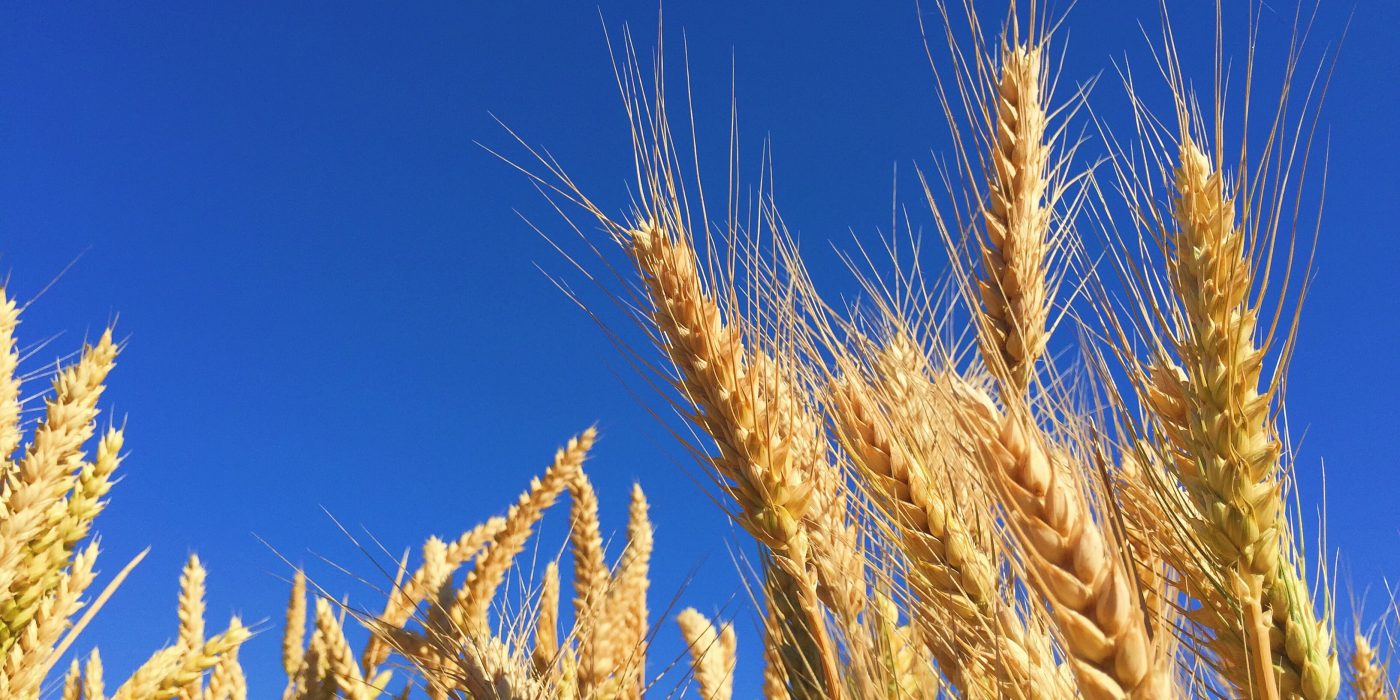The soil under our feet is teeming with life. It is populated by earthworms, springtails and microscopic single-cell organisms, microbes. The abundance of plant species above the ground appears to influence the diversity of microbes and fungi in the soil. If there are fewer species of plants above ground, the life in the soil is also sparse. This is significant, as the easily ignored organism living in the soil take care of tasks central to the life on our planet: they participate in carbon sequestration and break down dead organic matter into elements that the plants use to grow.
The soil under our feet is teeming with life. It is populated by earthworms, springtails and microscopic single-cell organisms, microbes. It is estimated that about a quarter of our planet’s biodiversity is in the soil. The importance of organisms living in the soil has been understood for long. It is said that Cleopatra, who reigned over ancient Egypt, declared earthworms holy, because they were so important to the fertility of the soil.
What is new, is the knowledge that the diversity of plant species above the ground appears to influence the diversity of microbes and fungi in the soil. If there are fewer species of plants above ground, the life in the soil is also sparse. ”The Jena biodiversity experiment, which has continued in Germany for years, has shown, that the more plant species an area has, the more microbial mass the soil contains. The experiment has also shown that the diversity of fungi and bacteria increases alongside the diversity of plant life,” explains Anna-Liisa Laine. This is significant, as the easily ignored organism living in the soil take care of tasks central to the life on our planet: they participate in carbon sequestration and break down dead organic matter into elements that the plants use to grow.
Climate change has brought soil’s significance in carbon sequestration into the spotlight. The soil is the most important carbon sink: it stores more carbon than the atmosphere and all vegetation together. ”The Jena experiment has shown that more carbon is stored when the plant life is diverse. Diversity appears to have a direct effect on the most important functions of the ecosystem,” Anna-Liisa Laine says.
Laine’s research group is funded by the Nessling Foundation to participate in the Carbon Action project, which develops ways to speed up and measure carbon sequestration into the soil. The goal is to promote cultivation methods that slow climate change and foster biodiversity. ”Life rarely gives win-win situations, but in cultivation that promotes carbon sequestration, this seems to be the case. The cultivation methods that increase carbon sequestration also increase the fertility of the soil, improve its capability to retain nutrients, increase the plants capability to survive stress like droughts and diseases and also increase biodiversity and help pollinators too,” Laine says happily.


